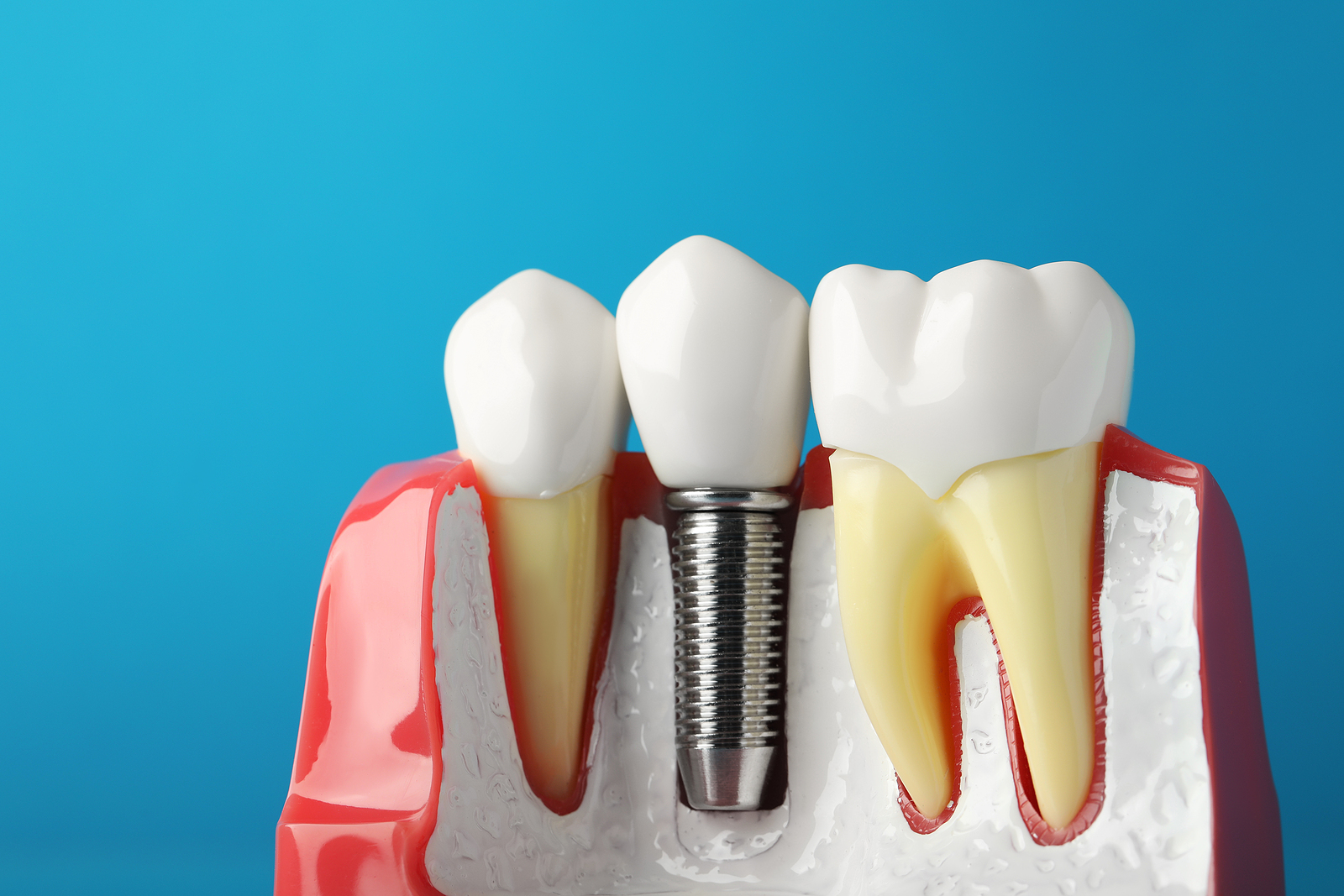Dental implants are a viable long-term option for tooth replacement. Compared to dentures, dental implants offer exceptional stability and wear resistance. Modern dental implants use advanced materials and manufacturing techniques to maximize lifespan and eliminate side effects. However, people have been using implants for several millennia. Learning about the history of dental implants can help us appreciate how far dentistry has progressed.
Early Dental Work
Evidence shows that early civilizations practiced dentistry to retain damaged teeth. For instance, ancient Egyptians relied on gold wires to stabilize teeth under attack by periodontitis. Given the relative difficulty of obtaining nutrition, tooth health was essential for survival.
The first dental implants utilized hard materials naturally found in the environment, such as stone, shells, and ivory. While being relatively crude, some of these implants were able to promote local bone formation. These implants were likely able to sufficiently anchor themselves into the jawbone, allowing them to function like regular teeth.
Starting from the 16th century, many Europeans collected teeth from cadavers for allotransplantation. They used the teeth they gathered as replacements when their own teeth fell out due to disease. Dr. John Hunter experimented with donor’s teeth by implanting them into a rooster comb. Blood vessels gradually grew into the teeth, and Dr. Hunter realized that those donor teeth could integrate into a recipient’s mouth under favorable conditions.
Implant Development
By the 20th century, technological progress in dental implants was accelerating. The emphasis was on using biocompatible materials for dental implants to avoid causing damage to the surrounding tissue. The Strock brothers pioneered the use of chromium-cobalt alloy and were the first to successfully place an endosteal, or within the bone, implant. Later on, aluminum and surgical-grade stainless steel became popular materials for implants.
Several designs were developed to improve the attachment of the implant in the jawbone. These designs had precise dimensions so that they fit the incisions made into the attachment site. A typical configuration at this time was to use threaded designs to improve bone growth around the implant. Later on, burs were added to the implants to increase the contact surface with the jawbone. Other designs used screws and abutments for mechanical support, with specialists using various techniques for anchoring the implants.
Discovery of Osseointegration
In 1952, Dr. Per-Ingvar Brånemark was working with titanium tools to measure blood flow within rabbit femurs. He discovered that, given time, the titanium surfaces form a strong bond with the bone. This bond is so strong that the titanium cannot be removed without fracturing the bone. Using this discovery, he developed the concept of osseointegration and pioneered the use of titanium dental implants. Even today, titanium is the usual material of choice for dental implants.
Coatings and Surface Work
Practitioners started to experiment with more ways to promote osseointegration. These techniques are meant to promote bone growth on and within the implant surfaces, improving its mechanical properties. Hydroxyapatite coatings soon became popular due to their ability to induce faster bone adaptation, alongside the use of mechanical and chemical etching to increase implant surface area.
Currently, there is active research in the use of compounds to improve medical outcomes. Incorporating medications like bisphosphonates and antibiotics into the material may lead to stronger implantation and reduced infection risks.
Dental Implants in Plantation, Florida
Dental implants have a rich tradition of innovation, from the use of simple materials to the adoption of state-of-the-art techniques. Future research will undoubtedly lead to implants with greater durability and fewer side effects. To take advantage of new developments, you should work with a dentistry service that keeps itself updated with new developments in the field.
Located in Plantation, Florida, the dental office of Dr. Ernie Soto blends technological sophistication with compassionate care. Dr. Soto applies the latest techniques in providing dental care to his patients. For inquiries, call our office at (954) 368-6264 or use our online form to set an appointment.
Office Hours
MON - THU9:00 am - 5:00 pm
FRI9:00 am - 1:00 pm
SAT - SUNClosed
Address: 10187 Cleary Blvd STE 103, Plantation, FL 33324
Email: jenn@drerniesoto.com
Phone: (954) 368-6264





